You know I love film. Just shot my Polaroid 600E yesterday and loved it. Shot the Hassie the week before, and just loaded a roll into my Lomo ‘Sardine’. That said, seeing that damn near everything has (obviously and justly) gone digital, film cameras are dirt cheap. And whether you’re a seasoned pro or an iphone snapper, a good dose of shooting actual film would be good for you. Trust me on this. So that’s why I’ve taken the time to wrangle five great cameras for under $300 that you can use to re-invigorate your film shooting, even if it’s just for a little flirt with nostalgia. … (and I know that there are a lot of sweet cameras OVER $300…i’ve listed a few of my fav’s in the comments. Please share yours there too….)
This camera, in its heyday, was known as the “poor man’s Leica,” and with darned good reason. The fixed 40mm f/1.7 lens is sharp as all heck, producing images that, with the right film, will produce incredibly crisp negatives. My go-to setup has a 58mm step-down ring on the lens to accomodate a modern Canon lens cap (which is important as these old cameras don’t usually include a lens cap).
The nice thing here? The metering system still works on most copies you can buy today; all you need is a 1.35v battery (Wein Cell makes a nice replacement for the old mercury batts) and you’re good to go. You can shoot in shutter-priority only, and since the metering sensor sits directly above the lens and inside the filter ring, it compensates for ND filters if you use one.
The best part, though, is the price. Depending on condition, the QL17 GIII can be had for between $75 and $150. Mine cost $110, and is in excellent condition. Make sure you check the seals on the unit you’re buying, however, as these wear out easily and can cause light leaks (but are also easily replaced).
Info:http://en.wikipedia.org/wiki/Canonet_G-III_QL17
Price: $75-$150 depending on condition.
Where to Buy: eBay is your best bet on this.
Nikon F3
Though Canon, Nikon, Pentax, and other manufacturers made excellent SLRs, I like the Nikon F#-series of cameras as, in most cases, they have the most flexible lens mounts. This camera will take just about any Nikon lens made in the last several decades (with the notable exception of “G” lenses, which have no manual aperture ring). Plus it doubles as a hammer or a weapon if you’re in need. These things are tougher than dirt.
The F3 is a manual-focus camera, but has a metering system and allows for aperture-priority metering. It uses 2 SR44 button cells for power, which are easily available. Stick a 50mm f/1.8 lens on this puppy and you’ll be good to go.
Info:http://en.wikipedia.org/wiki/Nikon_F3
Price: About $200 depending on condition.
Where to Buy: KEH.com has some great deals on them. You can get an Excellent-condition body for about $189 and a 50mm f/1.8 lens will set you back about $80.
Medium-Format
Cameras in this category used to cost thousands of dollars — and still do, in some cases. But don’t let that dissuade you from experiencing the joy of holding a 4.5×6 — or larger — negative. Here are two cameras that will let you shoot those big, fat, negatives for an affordable price.
Mamiya C33 TLR
Though its younger sibling, the C330, gets all the attention among Twin Lens Reflex camera afficionados, the C33 is actually a very, very respectable body. Mine has travelled thousands of miles with me as I trek all over the state of California, and has helped me make some of my favorite images.
It’s also generally cheaper than the C330 (or the more famous Rolleiflex TLR), and has something pretty cool for TLR cameras – the ability to swap lenses. From the wonderfully sharp 80mm f/2.8 that sits on my camera, to a somewhat comically long 250mm f/6.3, these lenses are usually available for around $200.
Info:http://en.wikipedia.org/wiki/Mamiya_C
Price: About $200–300 depending on condition.
Where to Buy: KEH.com had one until just recently for just under $300. Between the lens and camera, expect to spend around that. Mine was an eBay purchase for $187.
Mamiya 645 1000s
I know – two Mamiya’s in one article – it’s a bit lopsided. Gotta love Hassies, but Mamiya tends to deliver some pretty outstanding quality for the price, and the 645 1000s is no exception. It was built to be used with the ease of a 35mm SLR, and renders a negative 6cm X 4.5cm (hence the 645 moniker). You’ll need to buy three separate pieces for it – the main body, a viewfinder, and a lens. All in all, you can come in with all three for about $250.
The Mamiya 645 is set to take 120-size medium format film, which is the most common form sold today. Top it off with an AE prism (the viewfinder) with a built-in meter and you get aperture-priority operation, with a center-weighted pattern. Using one of these outfits, my friend Andrew Kim has done some outstanding street photography.
Info:http://en.wikipedia.org/wiki/List_of_Mamiya_products#Mamiya_645_manual_focus_series
Price: About $250 depending on condition.
Where to Buy: KEH.com is the place to go for these. They have a lot of them, in varying condition.
Bronica ETR-S
Bronica’s ETRS will look somewhat familiar to Hasselblad owners, in that it’s a simple, modular box. I call this the Hassie Hack. Throw on a viewfinder, lens, and back, and you have a complete system for under $300, depending on condition.
Introduced in 1979, the ETR-S will shoot 6×4.5cm film with a standard back, but you can also swap that back out to shoot standard 35 and panoramic 135-format film as well. There’s a wide variety of lenses available for it, both fixed-focal length and a few zooms as well – a rarity at this price range.
Info:http://en.wikipedia.org/wiki/Bronica
Price: About $250 depending on condition.
Where to Buy: KEH.com and eBay.
These are just five of the many options you have when considering a return (or a first-time visit) to the world of film cameras. What are your favorites? Sound off in the comments – you’ll see some more of my favorites there…
—
[thx for the research help Sohail!]


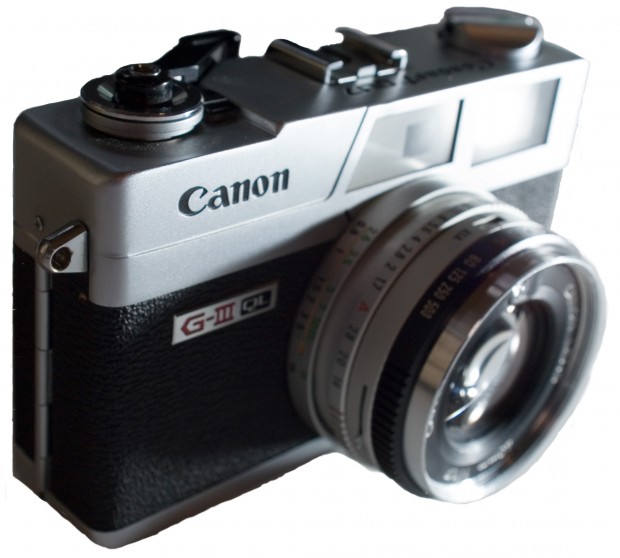
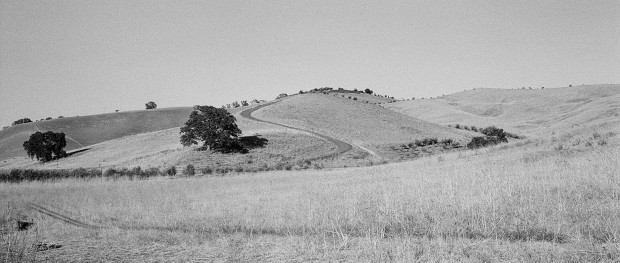
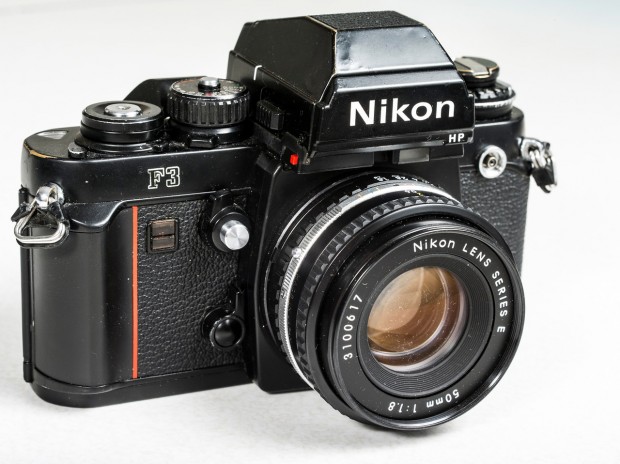
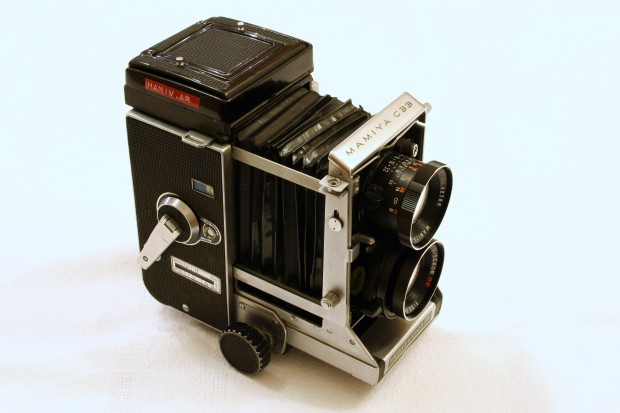
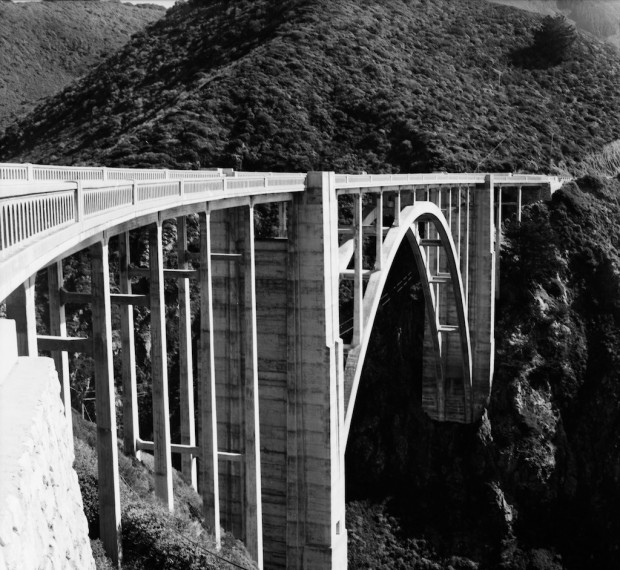
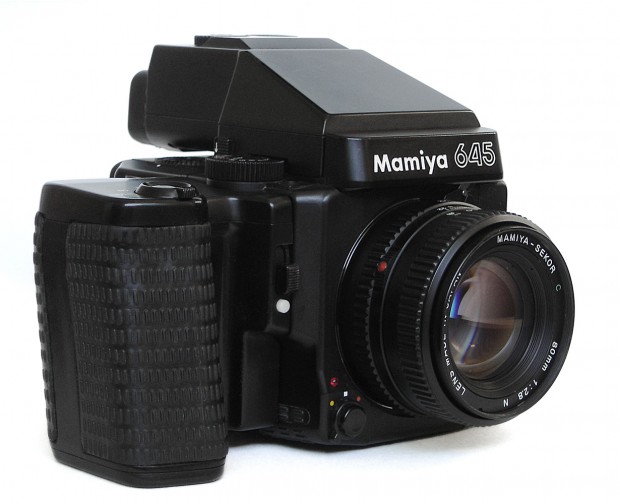
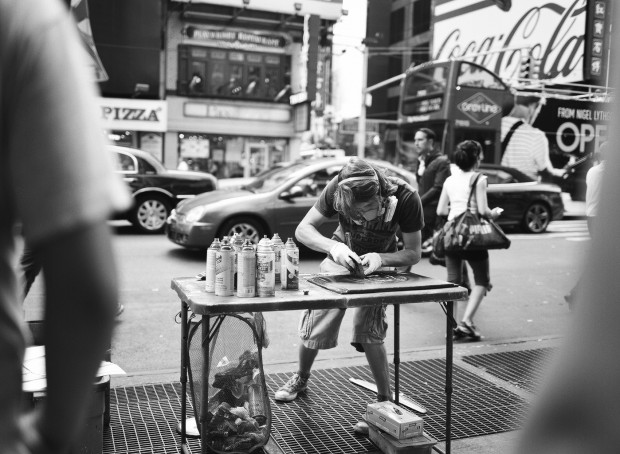







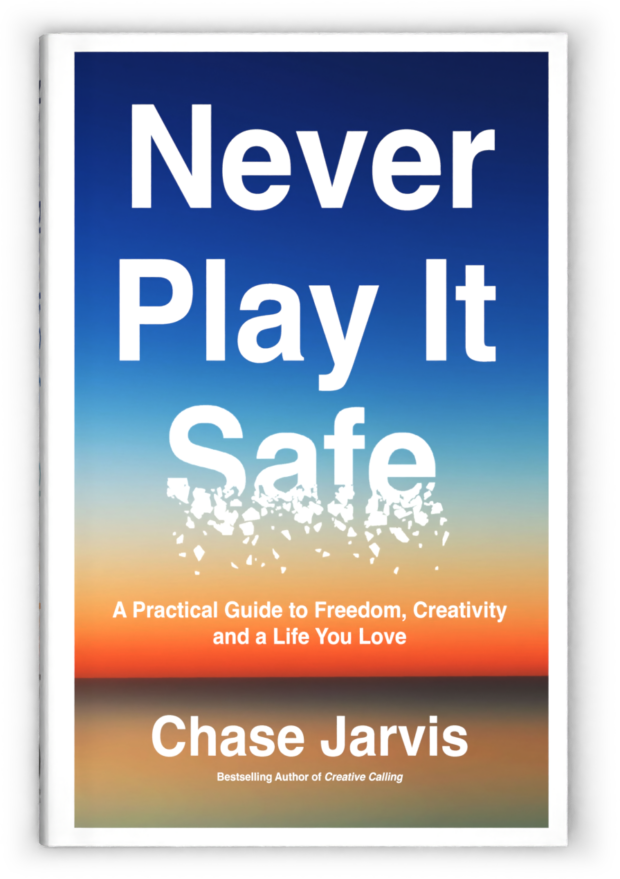










Kiev 6c! Very affordable camera, and amazing pro-like photo outcomes!
Can you do a review on Russian cameras such as a Zorki 4K and Fed 3 & 5B? Thanks